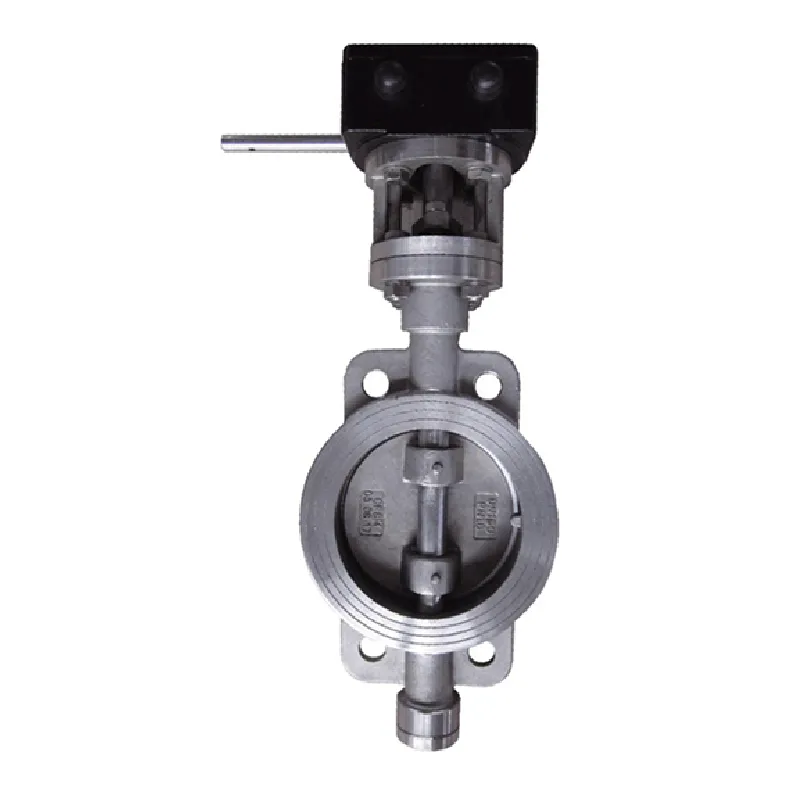ديسمبر . 24, 2024 15:29 Back to list
rubber expansion joint flange type
Understanding Rubber Expansion Joint Flange Types A Comprehensive Guide
Rubber expansion joints are crucial components in piping systems, designed to absorb vibrations, accommodate misalignment, and absorb thermal expansion. Among the various designs available, flange types of rubber expansion joints stand out due to their versatility and effectiveness in different applications. In this article, we will dive into the characteristics, benefits, and common applications of flange-type rubber expansion joints.
What Are Rubber Expansion Joints?
Rubber expansion joints are flexible connectors made from rubber or elastomeric materials that allow for movement, flexibility, and the reduction of stress in piping systems. These joints come into play especially in systems where temperature fluctuations can cause pipes to expand and contract, potentially leading to leaks, ruptures, or system failures. The standout feature of rubber expansion joints is their ability to absorb vibrations, which would otherwise transmit through rigid pipelines, potentially causing damage over time.
The Flange Type
Flange-type rubber expansion joints come equipped with flanges on both ends, making them easy to install into existing piping systems. The flanges can be configured to various standards, such as ANSI, DIN, or JIS, depending on the requirements of the installation. This type of joint offers a robust connection point, allowing for secure mating with pipe flanges, thus simplifying installation and maintenance.
Flange-type joints are typically composed of multiple layers of rubber, reinforced with fabric or steel for added strength and durability. Common materials include natural rubber, neoprene, EPDM, and silicone, each chosen based on the specific chemical and temperature requirements of the application.
Key Benefits
1. Flexibility One of the primary advantages of rubber expansion joints is their flexibility. They can accommodate axial, lateral, and angular movements within a limited range, ensuring that the piping system can expand and contract without sustaining damage.
2. Vibration Dampening Rubber has inherent properties that absorb vibrations, making flange-type rubber expansion joints particularly effective in systems where vibrations could lead to structural failure.
3. Resistance to Corrosion and Chemicals Depending on the rubber material used, these joints can be resistant to various chemicals, making them suitable for industrial applications where contact with aggressive substances is a concern.
rubber expansion joint flange type

4. Easy Installation The flange design allows for quick and straightforward installation, a crucial factor in minimizing downtime during maintenance or upgrades.
Common Applications
Flange-type rubber expansion joints are widely used across various industries, including
- HVAC Systems They play a pivotal role in heating, ventilation, and air conditioning systems to manage thermal expansions and contractions. - Water and Wastewater Treatment These joints are used in piping systems to prevent leaks and manage movements caused by pumping operations.
- Chemical Processing In facilities where chemicals are transported, rubber expansion joints can be tailored to resist specific corrosive properties.
- Food and Beverage Specially designed sanitary rubber expansion joints are used to meet health and safety standards required in food processing and beverage applications.
- Power Generation Power plants utilize these joints in various systems to absorb vibrations from heavy machinery.
Conclusion
In summary, flange-type rubber expansion joints are essential components in a variety of piping systems, offering flexibility, ease of installation, and protection against vibration and thermal changes. With customized solutions available for different industrial needs, businesses can ensure the longevity and efficiency of their piping systems. As technology continues to evolve, so too will the materials and designs for rubber expansion joints, further enhancing their capabilities and applications in modern infrastructure. Whether you are involved in HVAC, chemical processing, or wastewater management, understanding the importance of these joints can pave the way for improved system performance and reliability.
Share